How USAID Transforms Vietnam’s Forests from a Carbon Source to Carbon Sinks
Drive three hours south of Vietnam’s bustling capital city of Hanoi and you will arrive in the lush, mountainous province of Thanh Hoa. It is within the province’s more than 2,400 square miles of forest that the village of Pa Ban can be found. The people living in Pa Ban are from the Muong ethnic group and have been using these forests’ resources for generations. Since 2013, they have been sustainably using and conserving the surrounding forests as part of the Payment for Forest Environmental Services (PFES), an innovative program supported by USAID since its inception and implemented by the Government of Vietnam. PFES works by having downstream users of forest resources fund upstream communities to conserve them, creating incentives for over 500,000 rural households in mountainous watershed areas to protect their surrounding forests.
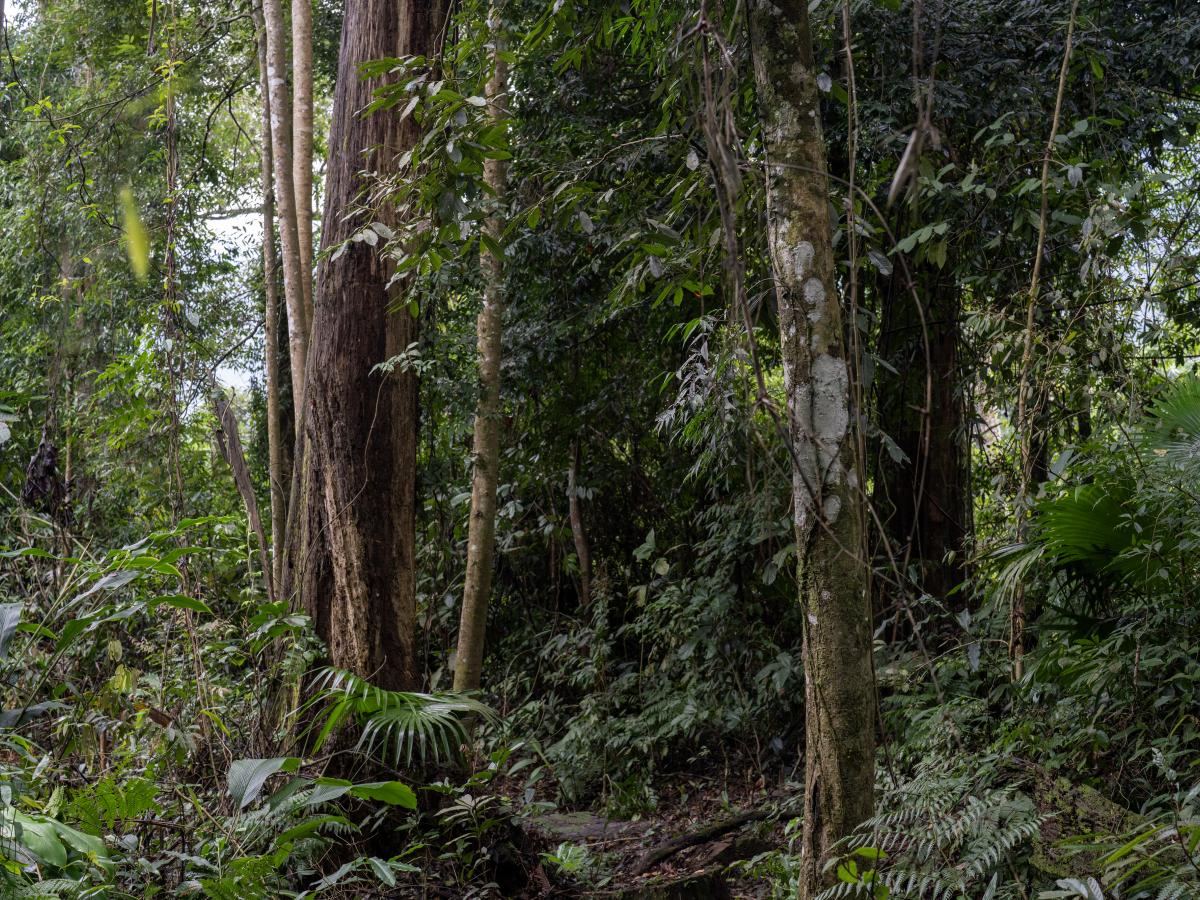
Worldwide, deforestation, forest degradation, and poor timber plantation management is depleting natural resources which are vital for human and environmental health. This is harming critical ecosystems and resulting in an increase of carbon dioxide emissions. To promote forest conservation, USAID has been supporting Vietnam's PFES system since 2008. Through payments from companies and utilities that benefit from the environmental services that forests provide, such as clean and sufficient river water, communities take an active role in forest management.
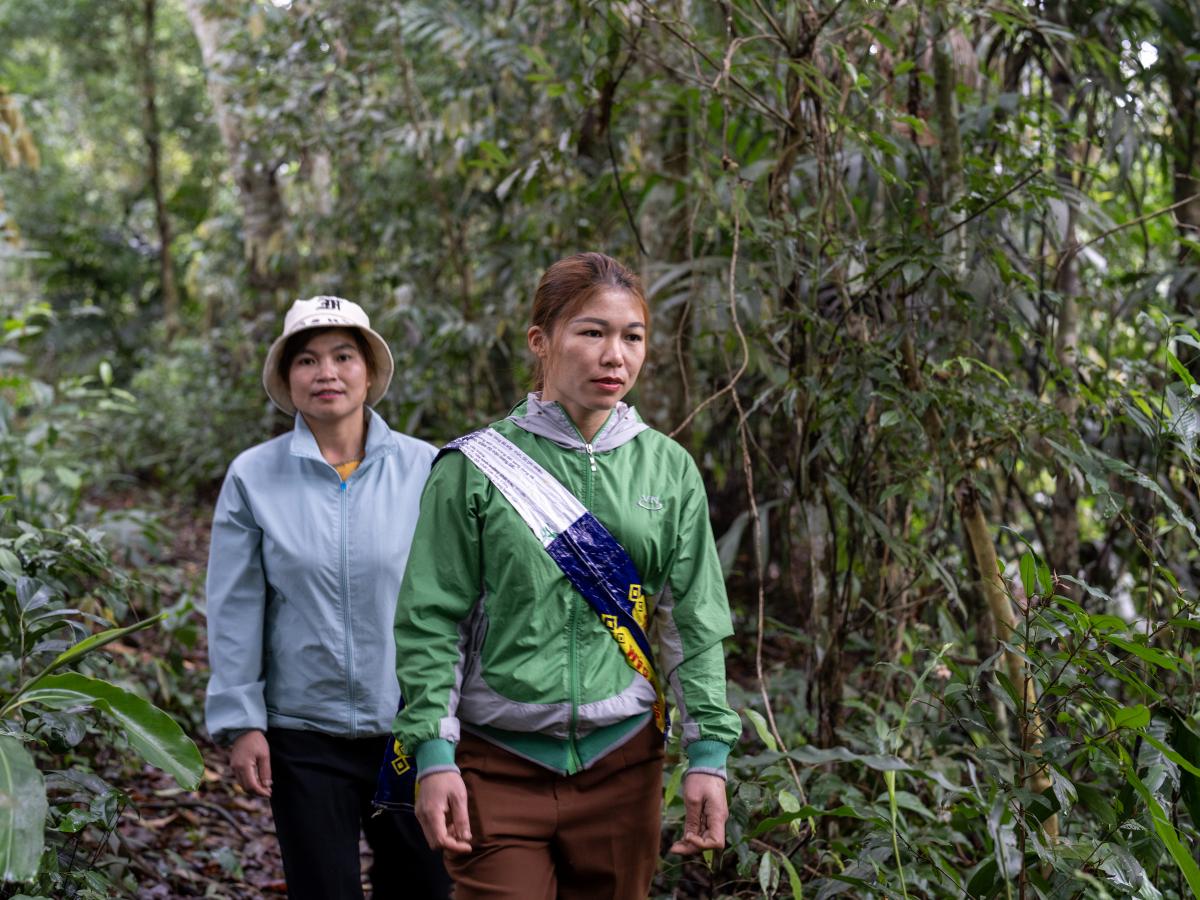
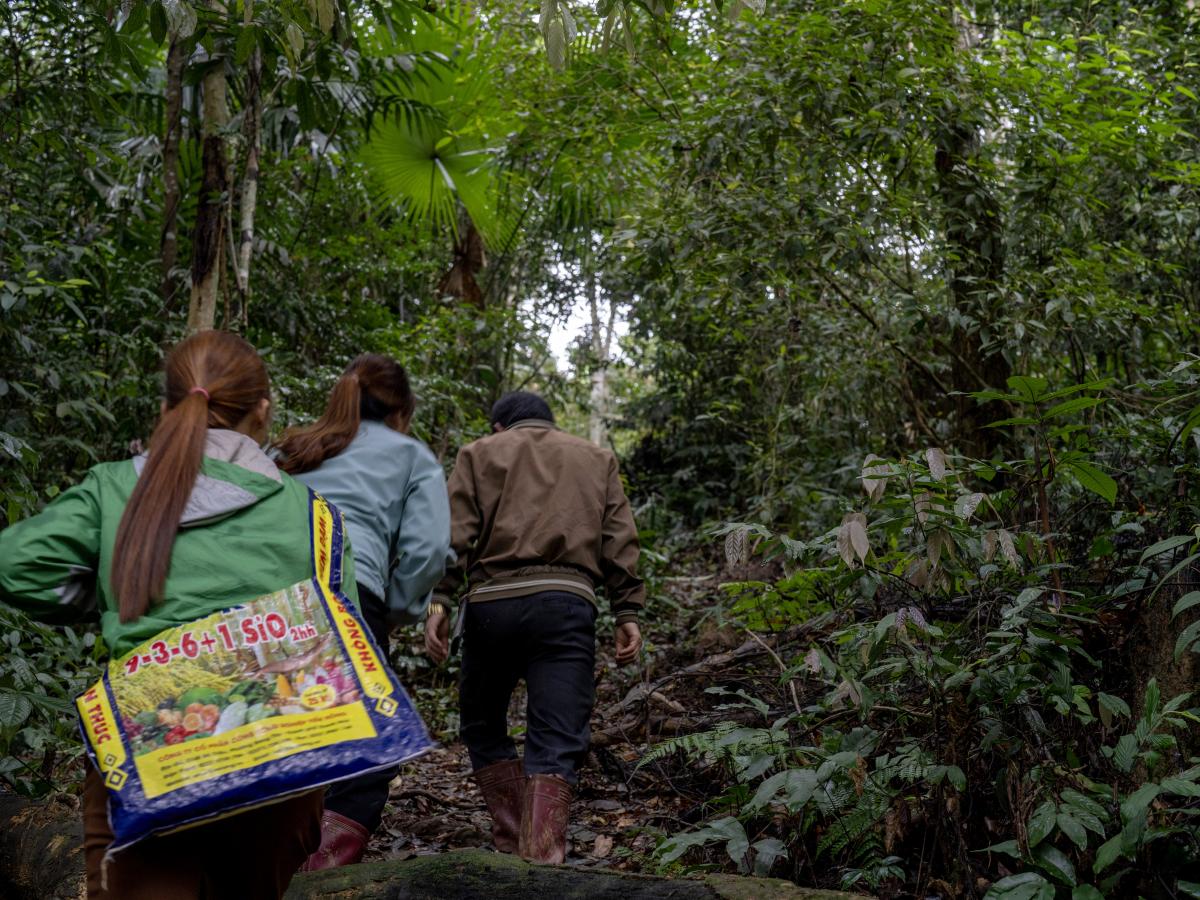
In Pa Ban village, and in the many other villages where PFES is in place, the work of monitoring and conserving these forests is done by small, community-run forest patrols. Mr. Luong Van Thap, the chair of Pa Ban Village Forest Protection Team, leads 12 other community members on regular patrols of their community forest which abuts the Pu Long Nature Reserve and acts as a buffer zone from the encroachment of destructive human activities. The patrols head out early in the morning several times a month and spend the day walking the narrow, muddy paths looking for any signs of illegal logging or poaching. If they find any signs, they photograph it and enter it into a geolocational app. Once they return to Pa Ban they report it to local authorities. For their own safety, unless they are with a forest ranger, they do not apprehend any violators caught in the act.
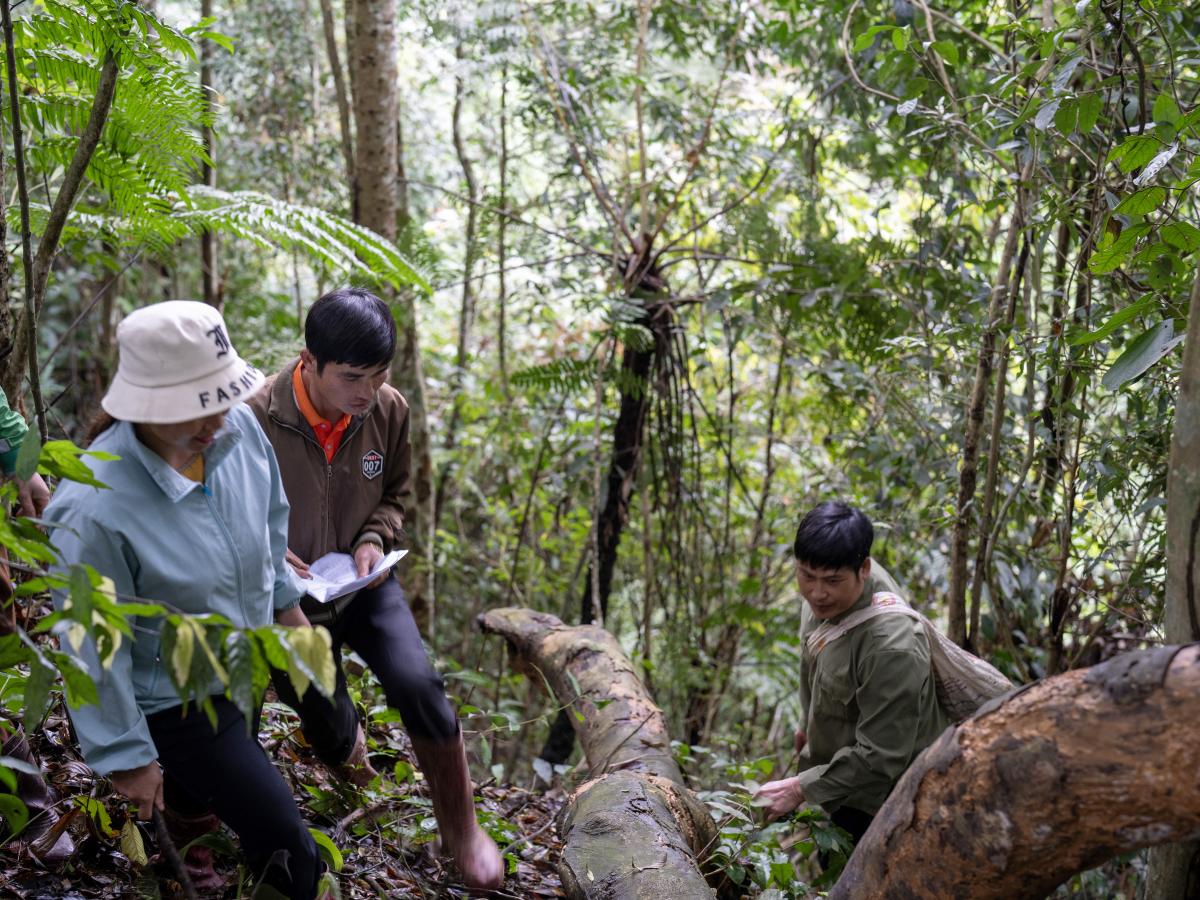
In the past, women were not allowed to do this work, but, as part of USAID’s work with the community supporting gender equality and social inclusion, now each patrol is made up of women and men who hold the same responsibilities in conserving their forest.
"We love the forest. There are so many resources like medicinal plants and bamboo. Now, with the patrols we are able to teach the rest of the community the importance of the forest and how to sustainably harvest resources from them.” - Ms. Ngan Thi Long
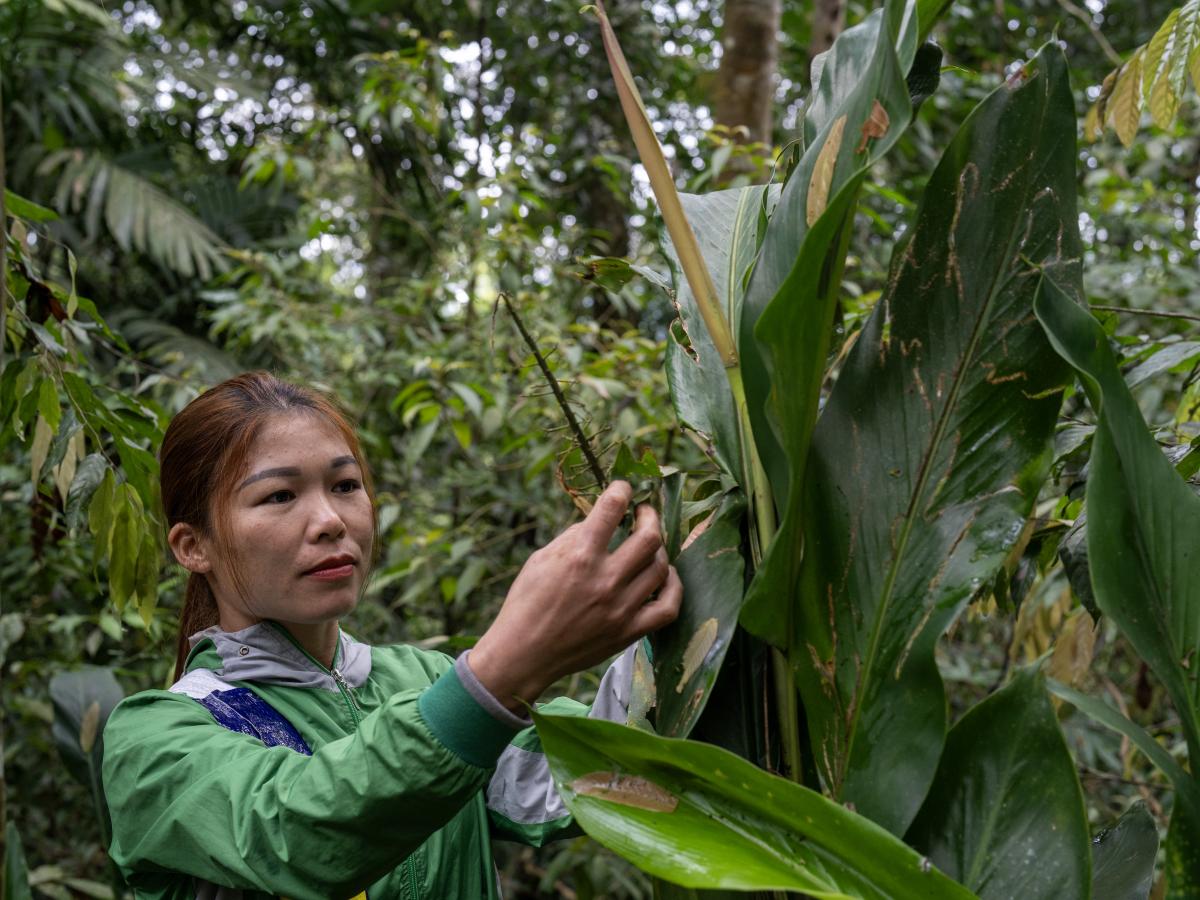
Communities can use these funds at their discretion as long as they continue to protect and conserve their forests. Some communities opt to distribute a portion to each household while others pool the resources to fund community wide projects. Pa Ban allocates up to 30% of its annual PFES revenue for forest protection and patrolling activities. The funds that Pa Ban receives fund local infrastructure projects and cultural festivals in the community.
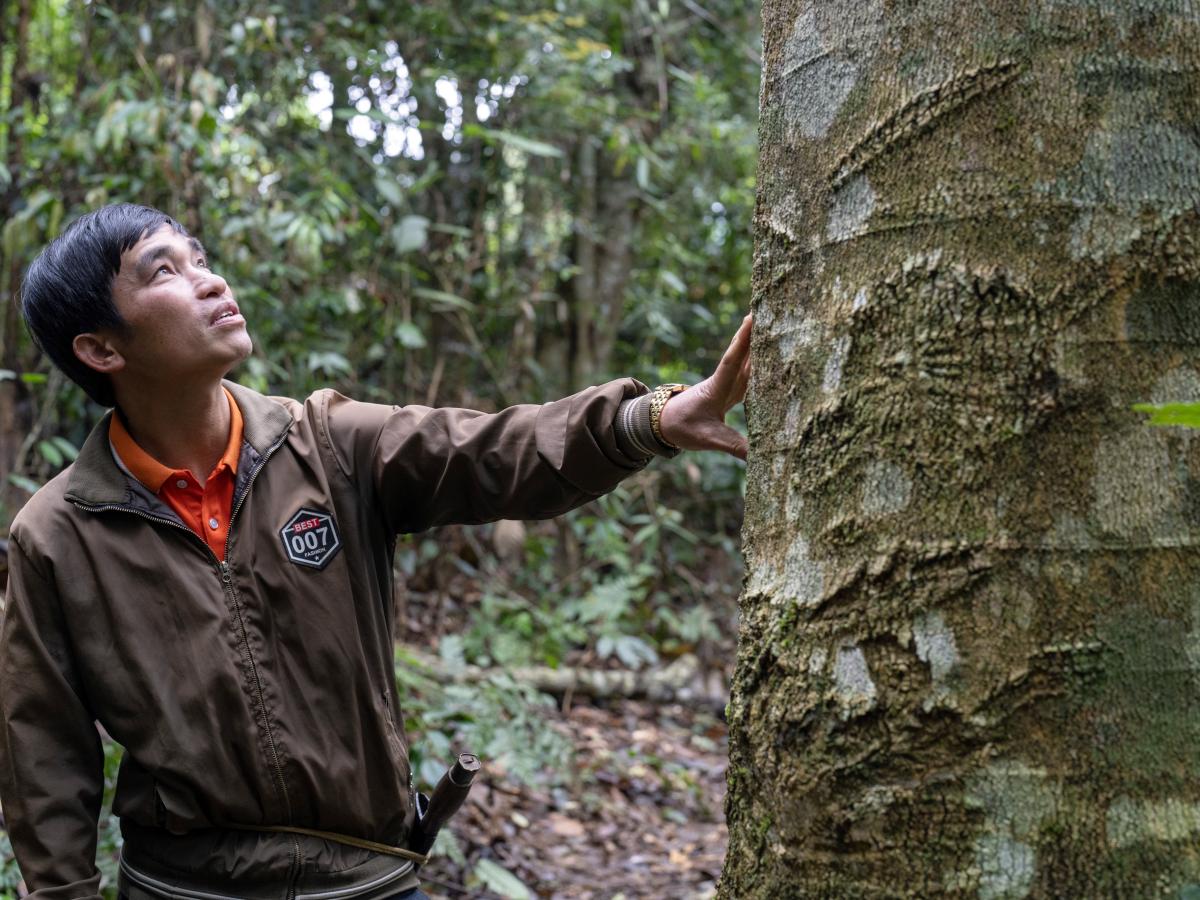
“In the past we had a lack of water for drinking and agriculture; now, because we are protecting the forest, we have enough clean water. The community now understands the value of the forest and that we need to take care of it. Also, because we receive PFES payments, we do not need to rely solely on forest products, this limits the negative impacts on the forest.” - Mr. Luong Van Thap
The PFES system contributes to Vietnam reducing 20 million metric tons of carbon dioxide annually, the equivalent of taking over 4.7 million cars off the road for a year. Since 2011, PFES has generated more than $1 billion for these communities. Along with PFES, USAID supports these communities to create conservation friendly enterprises using non timber forest resources and in the creation of community forest management boards, empowering communities to lead in conservation efforts. Through partnerships on climate adaptation, renewable energy, biodiversity conservation, and natural climate solutions, the U.S. government through USAID is supporting the Government of Vietnam to reach its goal of net-zero carbon emissions by 2050.
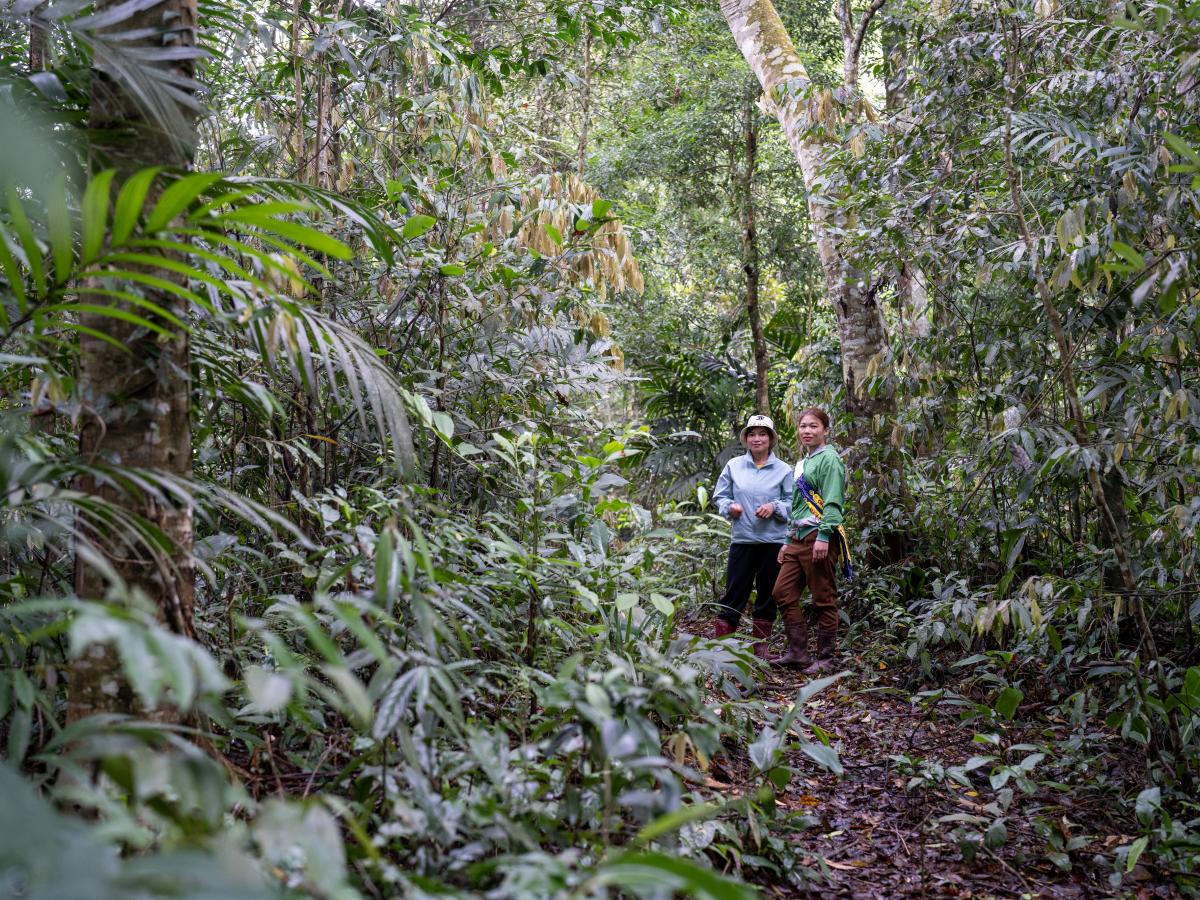
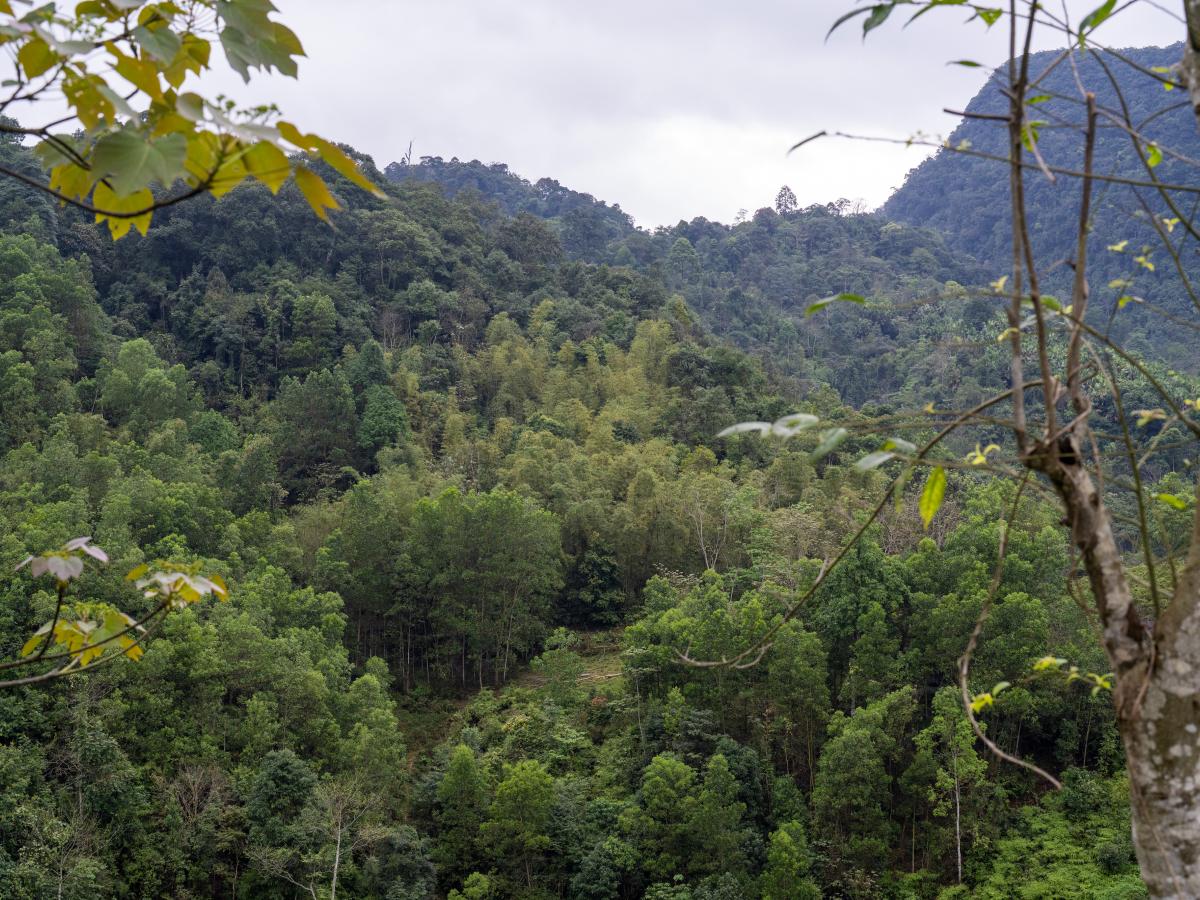
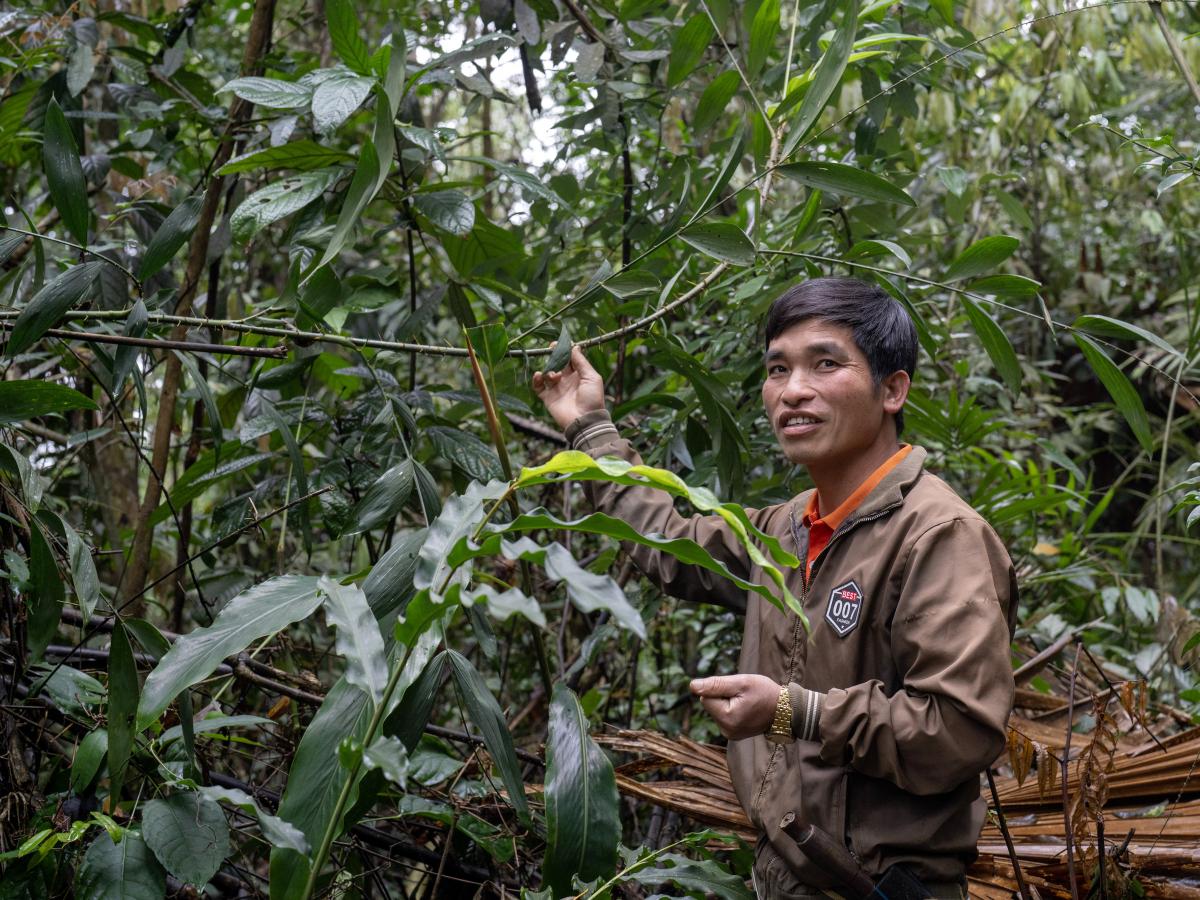
ABOUT THE AUTHOR: Benjamin Ilka is a storyteller and visual media specialist at USAID’s Mission in Vietnam.

